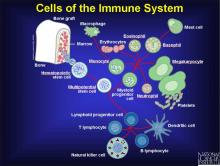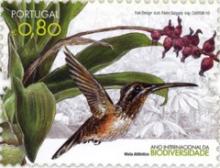Researchers link pesticides to infertility in women
Researchers at the Fred Hutchinson Cancer Research Center have discovered two pesticides they believe cause an increased risk of endometriosis, a condition that can lead to infertility in women. Endometriosis occurs when the tissue that lines the inside of the uterus grows outside of the organ and attaches to other structures or organs. The condition most often affects the ovaries, fallopian tubes and lining of the pelvic cavity. While it is not fatal, endometriosis can cause chronic pelvic pain, painful menstrual periods and infertility. The condition affects up to 10 percent of reproductive-age women.










